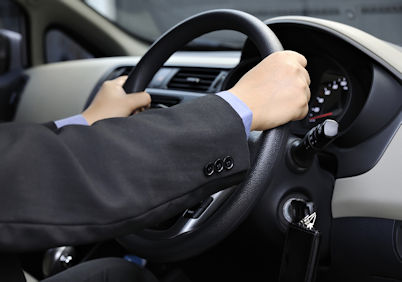Employers have a legal duty, under health and safety law, to ensure the safety of their employees and of anyone else who may be affected by their activities. This duty also applies when employees are driving for work purposes (including travelling to meetings or on delivery rounds). The HSE published guidelines in respect of those driving on Company business in September 2003. As a result, employers may be held liable for accidents caused by their employees when driving. Therefore, it is important that employers have a clear policy that discourages employees from driving when unfit to do so because of illness, incapacity or fatigue. It also places a responsibility on employers to ensure that those who drive on company business are competent to do so, take breaks at the recommended intervals, observe speed limits and adjust their speed to meet prevailing road and traffic conditions and avoid distractions.
There is significant evidence that using a mobile phone while driving distracts the driver and increases the risk of an accident, even when using 'hands-free' equipment. Because of this, employers should protect themselves by having a clear policy on the use of mobile phones when driving - ideally requiring the employee to turn off his or her phone when driving and only switching it on to pick up messages when safely parked.
If an employer provides any equipment which they require the driver to use, it could be argued that they become complicit in any subsequent offence committed by the driver when he/she is distracted by the use of that equipment. This may be particularly likely if the employer had not given the driver any guidance about appropriate safe use of the equipment.
As a safeguard, employers should take care when specifying company vehicles to ensure that any additional equipment such as navigational/ navigational/route-guidance equipment; computer equipment and data-screens has been thoroughly risk-assessed. The risk assessment must include both the potential for injury caused by fittings in the event of a crash and the likelihood that the driver's use of the equipment will increase the risk of crashing because it poses either a cognitive or physical distraction.
